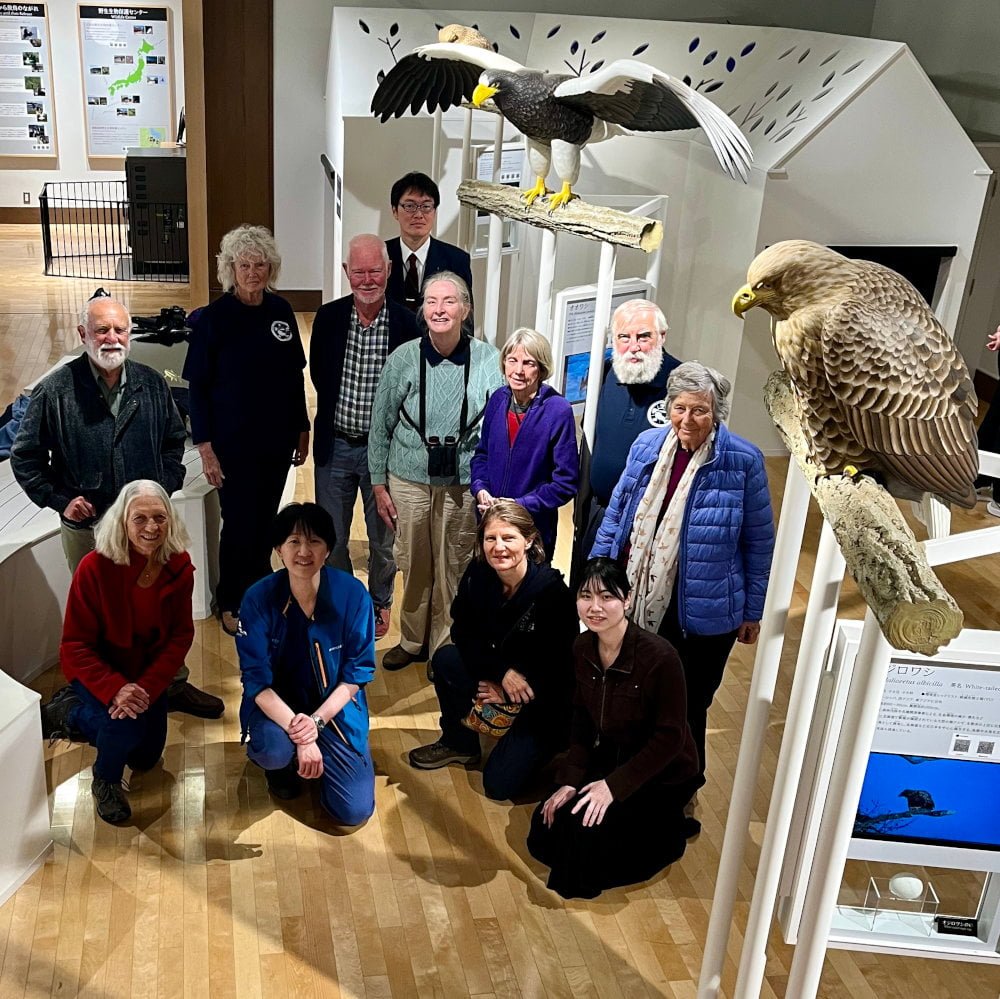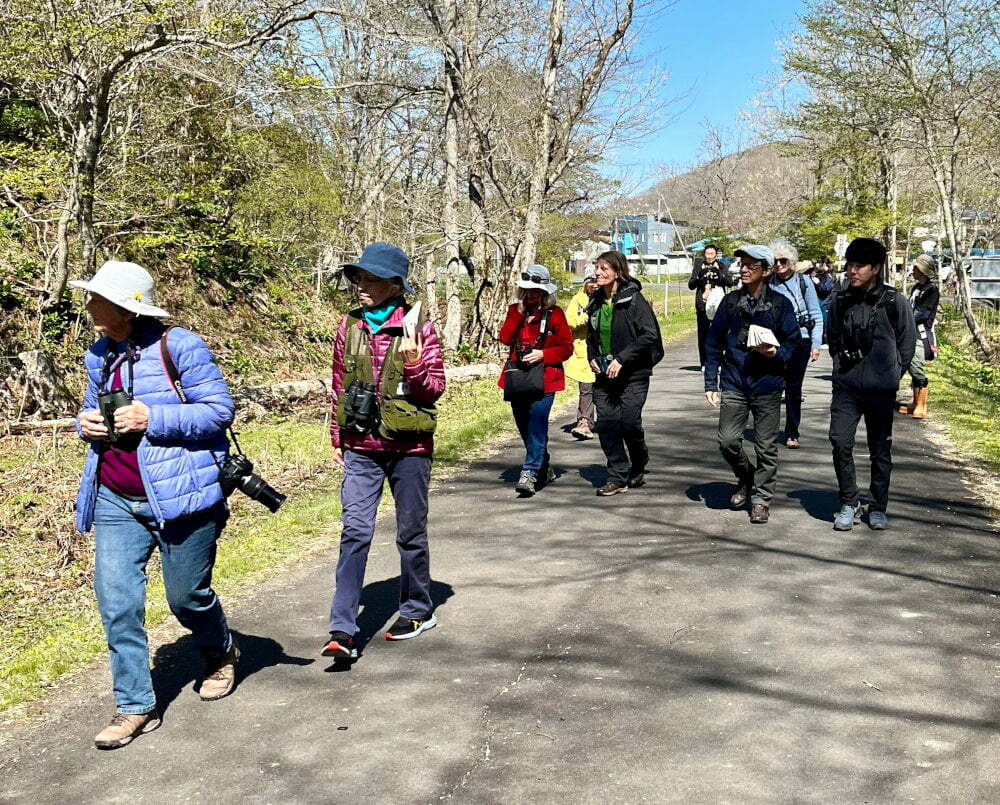Hunter birdwatchers welcomed in Japan

A birdwatcher visit to Japan signals the first international exchange organised by the Port Stephens Sister Cities Committee since the Covid 19 pandemic halted exchanges.

A delegation comprising eight Hunter Bird Observers Club members headed by Dr Alan Stuart left on 11 May on a two-week tour, taking in birdwatching activities in Kushiro, Hokkaido and Yugawara, a Port Stephens sister city.
With the group is University of Newcastle behavioural ecologist and senior lecturer Dr Andrea Griffin, who is investigating student exchange opportunities.
The visit is significant: Port Stephens, Newcastle and Kushiro Councils signed a sister wetlands agreement in 1994, to exchange knowledge and skills for the conservation and wise use of our wetlands.
Preservation of wetlands is vital to the continuation of an extraordinary natural phenomenon – annual bird migrations between wetlands of Hokkaido and the Hunter Estuary, a non-stop journey of 8,500km.
The best-known migrant from Japan is Latham’s Snipe. Others include the Eastern Curlew, Grey-tailed Tattler, Bar-tailed Godwit and Little Tern, all of which also visit the Mambo-Wanda Wetlands in Port Stephens.
Dr Stuart and Dr Griffin took part in presentations and panel discussion at a two-hour bird information sharing conference in Kushiro arranged by the Kushiro International Wetlands Centre.
Coincidentally, just prior to their visit, a Bar-tailed Godwit from Stockton was sighted in the Ramsar-listed Higashiyoka-higata mudflats in Japan – a frequent ‘layover’ site for migratory birds.
The bird was fitted with a unique identifying band last December as part of research work to understand movement patterns of shorebirds.
Dr Griffin, her research team and Hunter Bird Observers Club A-class banders have partnered to band shorebirds in the Hunter for the first time since the early 2000s as part of a national program.
This is the first time in decades that a bird that was banded in the Hunter Estuary has been sighted overseas.

